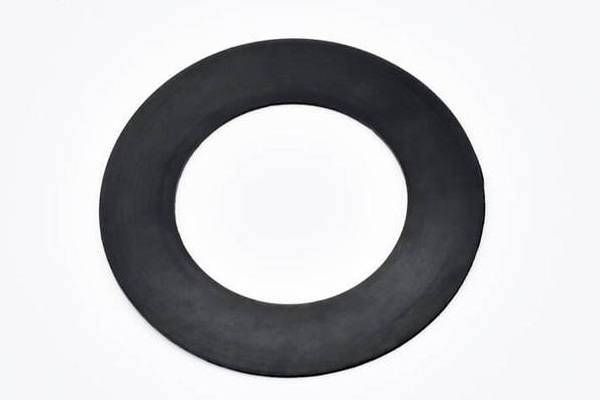Standard for flange sealing gaskets
Release time:
2020-10-20
Author:
Source:
Abstract
There are many standards for flange sealing gaskets. Guangdong Zhongxiang can customize them based on the physical and chemical properties of the medium, as well as the pressure rating. As we all know, flange sealing gaskets are determined by the material industry nature, including asbestos rubber gaskets, metal gaskets, four [fú] gaskets rubber gaskets, aluminum gaskets, tooth-shaped gaskets, stainless steel gaskets, metal winding gaskets, annealed copper gaskets, and other flange sealing gasket products. Each type of flange sealing gasket has its own standards in various industries and applications.
For example, the standards for rubber material flange sealing gaskets.
Natural rubber is suitable for water, seawater, air, inert gases, alkalis, saltwater solutions, and other media, but it is not resistant to mineral oils and non [jí] solvents. The long-term use temperature should not exceed 90°C, and it has excellent low-temperature performance, usable above -60°C.
Nitrile rubber is suitable for petroleum, lubricating oils, fuel oils, and other petroleum products, with a long-term use temperature of 120°C. It can withstand 150°C in hot oil, with a low temperature of -10?-20°C.
[lǜ] Butyl rubber is suitable for seawater, weak acids, weak alkalis, salt solutions, with excellent resistance to [氧] oxidation and ozone aging performance. Its oil resistance is superior to that of nitrile rubber. For rubber, the long-term use temperature is below 90°C, [zuì] the maximum use temperature is below 130°C, and the [zuì] minimum temperature is -30?-50°C.
There are many types of [fú] rubber, which have good acid resistance, oxidation resistance, oil resistance, and solvent resistance. Medium and certain oils and solvents can be found in almost all acids, with a long-term use temperature below 200°C.
Rubber sheets are used as flange gaskets, mainly for pipelines or manholes and handholes that are frequently disassembled, with a pressure not exceeding 1.568mpa. Among various flange sealing gaskets, rubber gaskets are relatively soft, have good assembly performance, and provide better sealing. They can achieve sealing under smaller pre-tightening forces. Therefore, unlike some material flange sealing gaskets, which can be easily extruded under internal pressure due to being too thick or having low hardness.
When rubber sheets are used in organic solvents such as benzene, ketones, and ethers, they are prone to swelling, weight gain, softness, and stickiness, leading to sealing failure. Generally, [zhǒng] swelling will render them unusable if the temperature exceeds 30%.
Under low pressure (especially at a pressure of 0.6mpa) and vacuum conditions, rubber gaskets are more suitable. Rubber materials have good density and low permeability. For example, [fú] elastomers are more suitable for vacuum containers as flange rubber sealing gaskets. The vacuum level reaches 1.3×10-7Pa. When used in the vacuum range of 10-1?10-7Pa, rubber gaskets need to be baked and subjected to gas extraction treatment.

recommend Reading
Forging flame heating equipment and its application 1 - Intermittent loading flame heating equipment
2020-10-20
Classification, characteristics, and equipment used in forging
2020-10-20
Standard for flange sealing gaskets
2020-10-20




